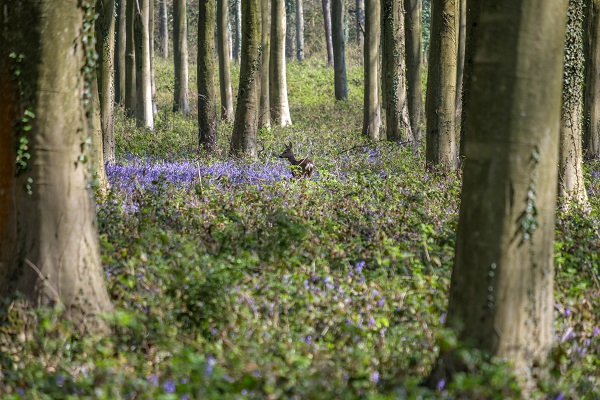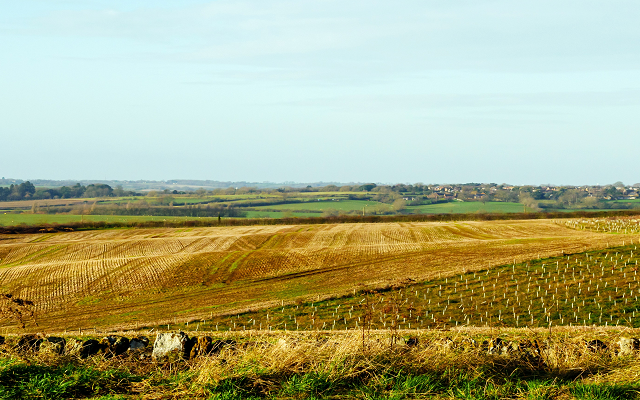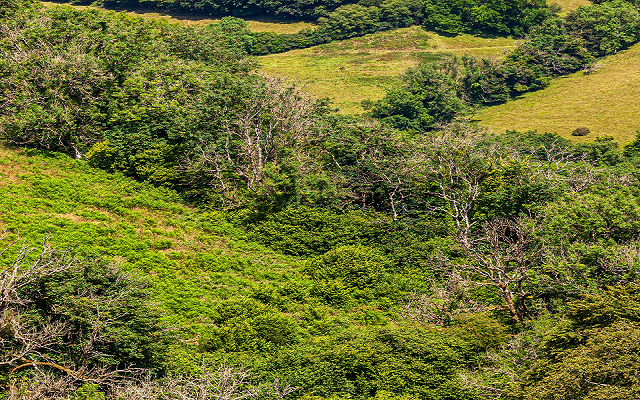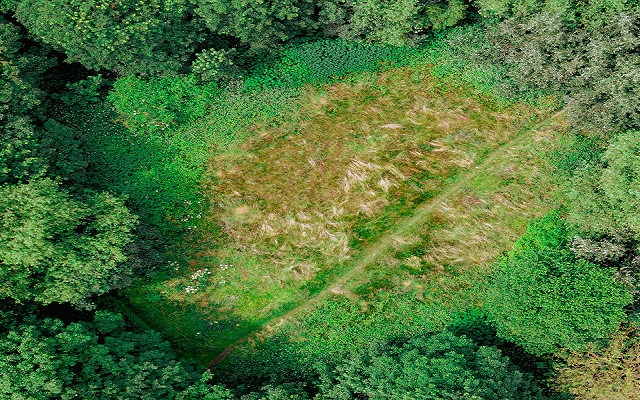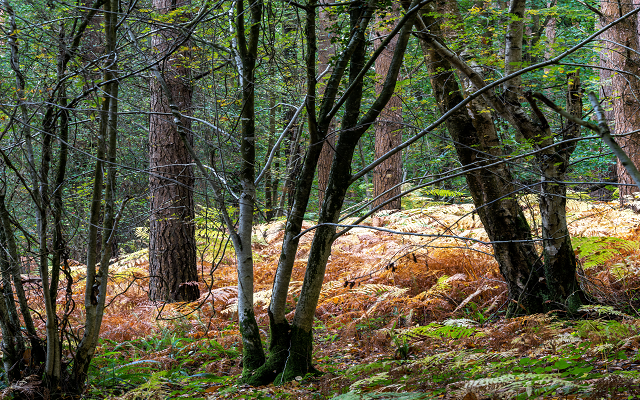Do woodland carbon credit calculations need a review?
Woodland may store significantly more carbon than previously estimated, with potentially long-term implications for landowners considering planting trees to generate woodland carbon credits.
A recent study, which involved using a novel 3D scanning technique, found that UK forests could store almost double the amount of carbon than previous calculations suggest.
Currently the amount of carbon stored in trees is calculated using what is known as an allometric model, which calculates the amount of above-ground biomass (AGB) based on properties such as trunk diameter and the height of the tree.
However, researchers used a technology called terrestrial laser scanning to assess the AGB of 815 trees in a UK woodland in Oxfordshire.
The team found that their results were 77% higher than previous estimates, taking the carbon stock from an estimated 231.9t/ha to 409.9t/ha.
It is thought that one of the reasons for the discrepancy is that allometric models are often biased towards smaller trees which are easier to harvest, cut and weigh.
Carbon stock estimates for many broadleaved tree species are also almost exclusively based on a single calibration dataset generated in the 1960s, which was based on just over 200 trees, spread across five species, at four locations in the Lake District.
This data is thought not to reflect with enough accuracy the size range of trees seen at other locations, or the fact that changes in forest management have led to more larger trees in woodland.
The implications of the research are multi-layered. The researchers have pointed out while it may sound like a purely positive outcome that woodland is a bigger carbon sink than previously thought, it does also mean that in instances where woodland is destroyed that the impact is greater than anticipated.
From a business perspective, it raises the question of how anyone planting trees to generate carbon credits can ensure that any contracts allow for this ‘additional’ carbon to be accounted for and paid for.
It points to action urgently needing to be taken to improve the accuracy of forest biomass and carbon stocks, so they can be incorporated into calculations for the Woodland Carbon Code.
The study was a collaboration between researchers from UCL, UK’s National Centre for Earth Observation (NCEO), the Universities of Ghent, Oxford and Tampere, The National Physical Laboratory, and Sylvera.
The paper was first published in the Ecological Solutions and Evidence Journal.
